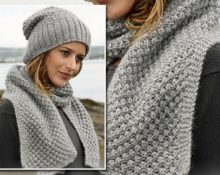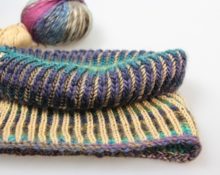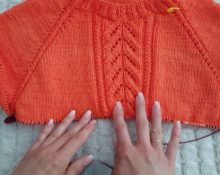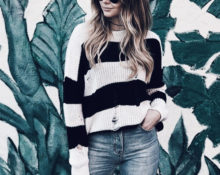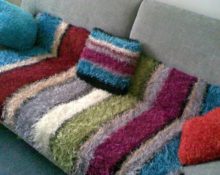In knitting, ribbing is the element used to decorate cuffs, collars and bottom edges of clothing. There are many techniques for creating elastic bands, each is used for a specific product and is selected taking into account the fantasies and personal preferences of the craftswoman. Let's find out what the most popular varieties are called and what they look like in the photo.
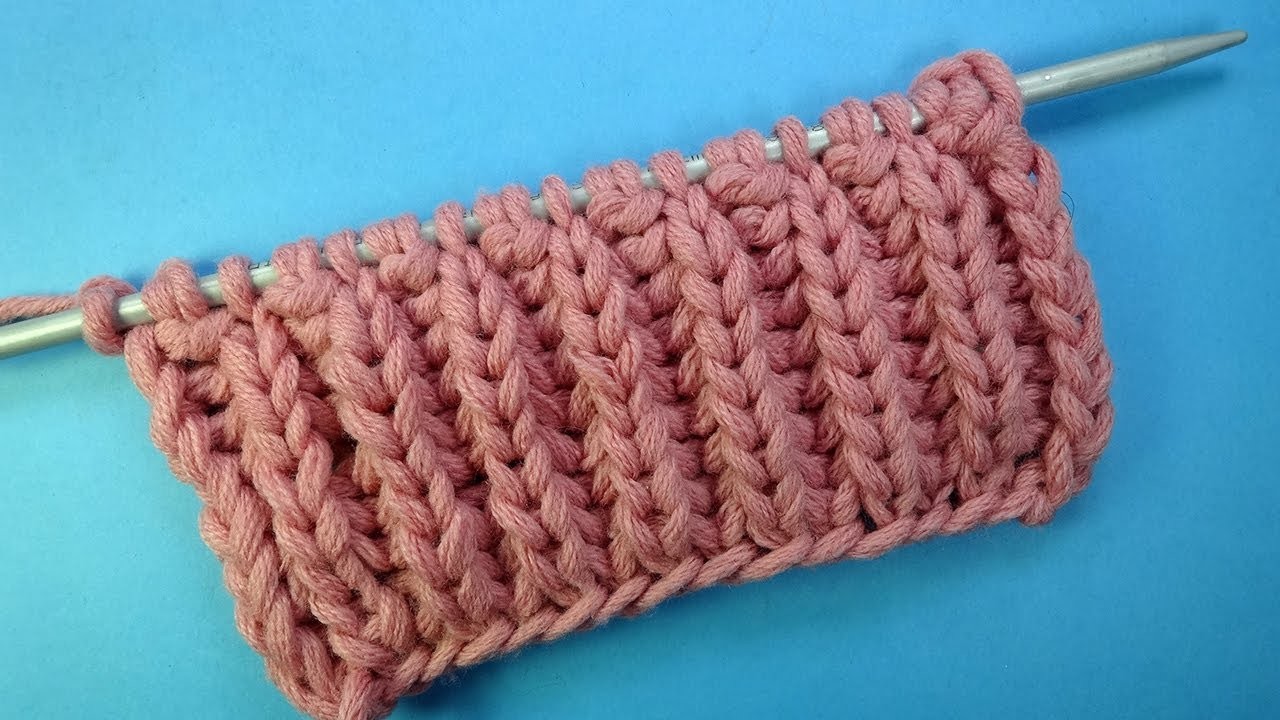
False
Outwardly it somewhat resembles the English one, but it is knitted in a completely different way. This elastic band is made according to the following pattern: 3 knit stitches, 1 purl stitch, 2 knit stitches, 1 purl stitch, 1 knit stitch. This elastic band has many advantages, including slow yarn consumption. But do not forget that the product ultimately turns out not so elastic and dense.
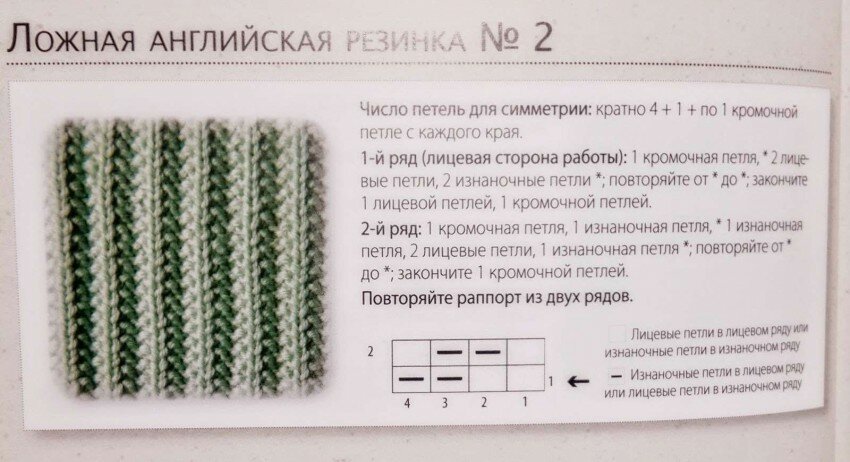
Polish
Soft and not too dense in texture, it is ideal for creating items for children. The main condition that knitters must comply with is that the number of stitches must be divisible by 4. Knitting requires the following order: 1 knit, 1 purl, 1 purl, 2 knits and 2 purls. Finish knitting with a knit stitch.

French
A decorative variety that is suitable for decorating openwork products. To achieve such a pattern, you need to knit the first row with a 2*2 elastic band, and shift the second row: purl, knit 2 and purl again.
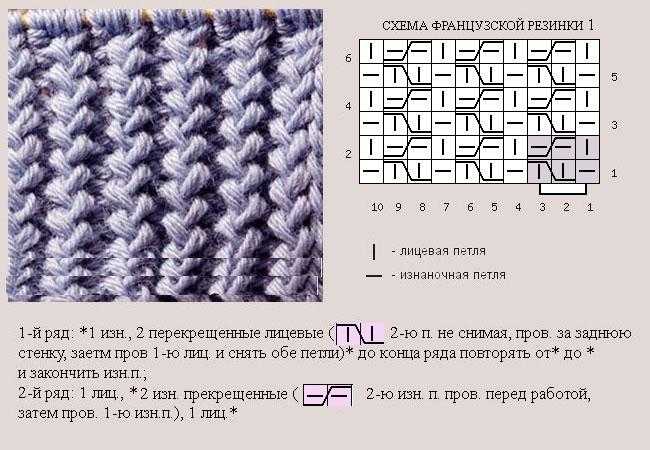
American
Used for knitting dense and warm products. The canvas created using this technique retains heat very well and does not blow out. Knitting method: the first row involves alternating 1 purl, 2 knits, and the second alternates 1 knit, yarn over and 2 knits, knitted through the previous yarn over.
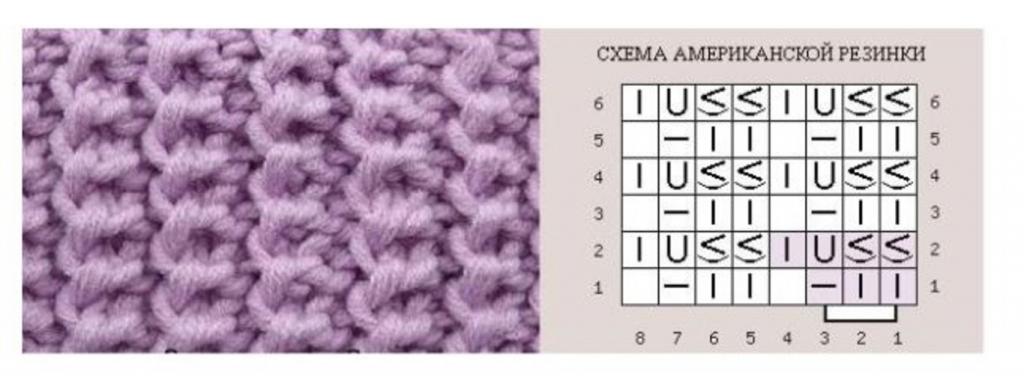
Canadian
The number of loops in this elastic band must be a multiple of 3. This is a popular and widespread way of decorating clothes and other products among knitters all over the world. To create a Canadian elastic, you need to knit: 1 knit and 2 purl, and then vice versa - 2 knit, 1 purl, in the third row - 1 knit, 1 knit, stretching between the loops, and 2 purl.
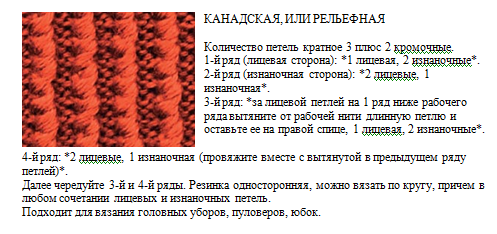
To keep the elastic beautiful and durable, do not tighten the loops during knitting. In addition, you need to pay attention to the quality of the yarn: half the success of the whole process depends on it. Moreover, not all threads are suitable for elastic bands.


 0
0